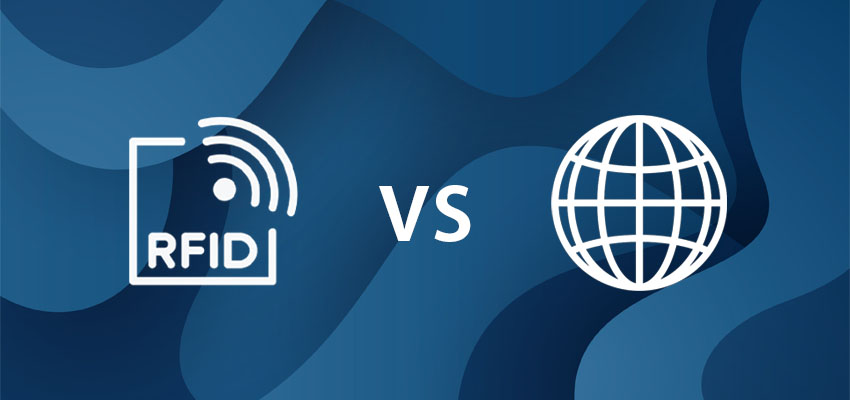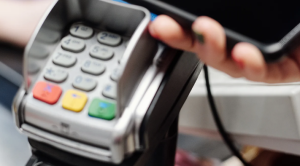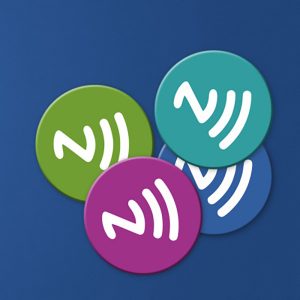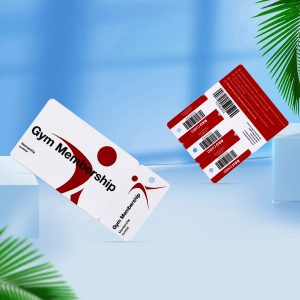
Our lives have altered significantly as a result of the numerous new technologies that have emerged in recent years. Every technology’s primary goal is to improve the convenience and ease of our lives.
In this article, we will be comparing two of these technologies- RFID vs Iot and find out which one is better for you!
What is RFID?
RFID stands for “radio frequency identification.” It’s an automatic identification technology used to automatically identify and track tags attached to objects. These tags, which can be passive or active, are read by an RFID reader. Tags come in different shapes and sizes depending on their intended use:
- Passive tags don’t contain a power source; they’re powered by the system they’re connected to (like your smartphone). When you get within range of them, they immediately send out signals that can be picked up by the RFID reader.
- Active tags have their own energy source (they run off batteries), which allows them to transmit data without being within range of an RFID reader—for example, when you enter a store or leave your home or office building.
What is IoT?
IoT is a network of devices that communicate with each other and connect to the internet.
- Internet: The internet is a global system of interconnected computer networks that use the standard Internet protocol suite (TCP/IP) to serve billions of users worldwide. It’s basically a series of wires, switches, and routers spread all over the world for people to access.
- Devices: A device can be any electronic equipment that connects to the Internet in some way such as laptops, gaming consoles, smartphones, and even your lightbulb. This can also include any object that has sensors like your washing machine or refrigerator! There are more than 6 billion connected devices in use today so there sure is plenty out there!
Similarities between the two
If you’re still undecided about using RFID or IoT, perhaps the commonalities between the two will influence your decision. Both methods are wireless, to start. They are not dependent on cables to transmit and receive data, in other words. Without any physical connection between the devices or tags, they may transfer information over great distances (the devices that hold data).
Secondly, both RFID and IoT are used in tracking applications. It’s possible to track items using either technology by attaching tags to them and then monitoring the tag’s movements from a distance through RFID readers or sensors connected to an internet-connected system like IoT. This way you can track deliveries of products from their warehouse locations all the way onto delivery trucks before reaching their destinations—and even after they’ve been delivered!
Finally, both technologies offer security benefits for businesses large and small alike: RFID tags can be programmed with custom access levels for each individual tag so only authorized people can use them; likewise IoT systems allow users remote access from anywhere in the world via apps on their phones etcetera
Differences between the two
- RFID is a wireless technology. It uses radio waves to transmit data between an RFID tag and an RFID reader. These tags can be read from a distance as long as they’re within range of the reader.
- IoT is not exactly wireless, but it’s not exactly wired either. In order to access external data sources, an IoT device connects to the internet by Wi-Fi or Ethernet cable and communicates with other IoT devices in its network as well as with the internet itself.
RFID vs Iot: Which one is the best for you?
As you can see, there are numerous parallels between the two technologies. They do, however, differ significantly in certain important ways that could favor one over the other depending on your application. Although IoT is an active technology compared to RFID, both are used for identification and authentication. IoT employs long-range radio waves to identify items, whereas RFID uses short-range radio waves to do so.
RFID technology is ideal for situations where it’s important to track large numbers of items over short distances; these include inventory tracking in retail stores or warehouses and heavy equipment maintenance tracking to ensure that machines are always working properly. In contrast, Iot devices are better suited for applications where it’ll be necessary to monitor things at varying distances from each other — such as environmental sensors deployed across a large area — since they’re capable of sending out signals that travel much farther than those emitted by RFID tags on individual products.”
Conclusion
We hope this article has clarified the distinctions between RFID and IoT. If one is superior to the other will depend on your demands. Either choice may be appropriate for you if you’re seeking a straightforward approach to improve convenience and security in your home or place of business. Nonetheless, it could make sense to compare both systems side by side before making a choice if you require more sophisticated features like real-time tracking or automation.






